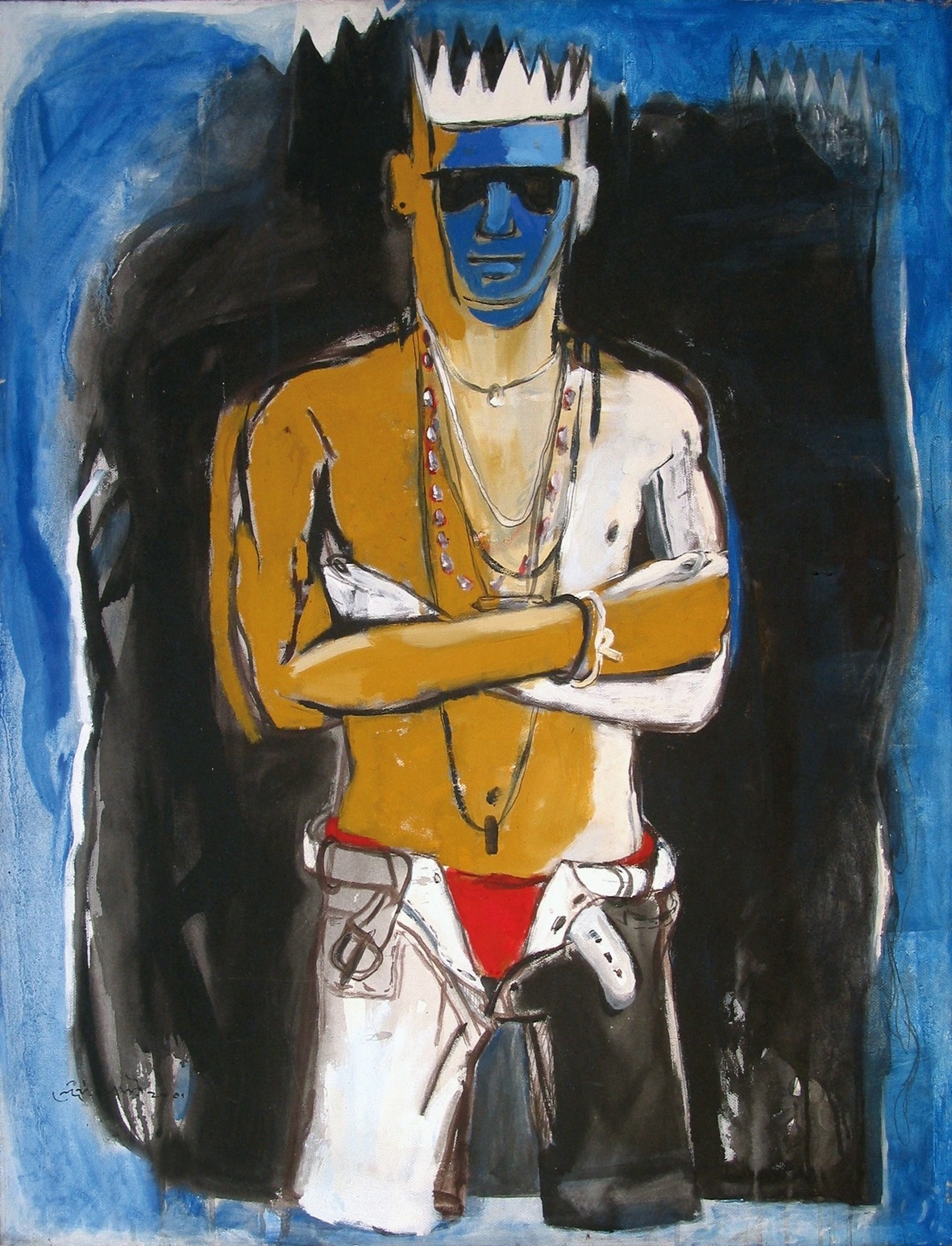Back to overview Pradeep Chandrasiri, Foto Thushantha Rathnayake
Pradeep Chandrasiri, Foto Thushantha Rathnayake
Artful Resistance
Sri Lanka – a tropical vacation paradise for many people, a decades’ long battleground of war for others: The island state, with its varied history and its rich cultural heritage, characterized by the confluence of different cultures, religions, and artistic traditions, conjures up manifold and often contradictory associations. Hardly known in Europe, however, is the country’s vibrant and diverse contemporary art scene.
The exhibition Artful Resistance presents for the first time in Germany a comprehensive overview of paintings, graphic art, photography, sculptures, and installations by established as well as emerging voices in the Sri Lankan art community. With their innovative experimentation with new genres, materials, and ideas, these works stand in a tradition of visual expression which is on the one hand firmly rooted in local aesthetics and themes, but by engaging with European art trends has early on developed an independent modernity.
In their works, Sri Lanka’s contemporary artists deal with issues of global concern – the simultaneity of tradition and modernity, urbanization, consumer society, gender roles, religion and politics, cultural difference, or the destructive effects of war and terrorism on society – and in their artistic self-consciousness resist both categorization by Western art hierarchies as well as confinement by national and cultural identities. Their provocative, ironic, or contemplative comments reflect a multi-faceted image of contemporary Sri Lankan society.
 Pradeep Chandrasiri, Foto Thushantha Rathnayake
Pradeep Chandrasiri, Foto Thushantha Rathnayake Pradeep Chandrasiri, Foto Thushantha Rathnayake
Pradeep Chandrasiri, Foto Thushantha Rathnayake